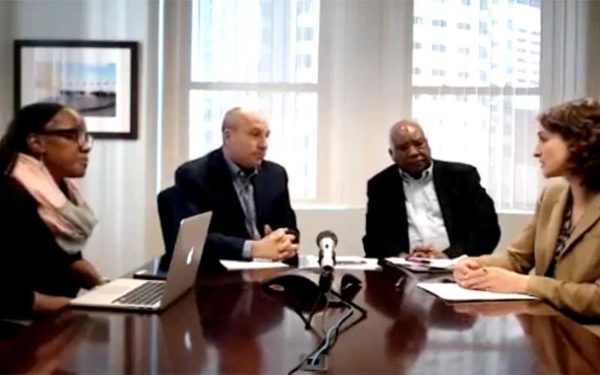Jun 27, 2019
This legislative session was full of historic victories for the people of Vermont. Our legislature passed three of the strongest pollution protection laws in the country, setting the standard for New England and the rest of the country.
May 01, 2019
Vermont is more than halfway through this legislative session, and there is still no clear path for funding. Our legislature has promised to fund clean water initiatives for years, yet they have kicked the funding can down the road again and again.
Mar 27, 2019
Weber said accountability and monitoring are particularly important because the job ahead is so huge. “We need to remove around 213 metric tons of phosphorus from Lake Champlain,” Weber said. “That’s just Lake Champlain. There are other obligations in other watersheds. We’re not near that goal.”
Feb 13, 2019
The Lakekeeper is helping to protect our iconic lake.
Jan 09, 2019
CLF is focused on cutting carbon and plastic pollution, protecting our children from lead poisoning, and securing funding to clean up Lake Champlain.
Nov 08, 2018
The day after the election, CLF President Brad Campbell joined Staff Attorney Emily Green and special guest Jamie Hoyte – former Massachusetts Secretary of Energy and Environmental Affairs and currently Senior Advisor with Tremont Strategies Group – to talk through what the election results mean for New Englanders.
Oct 26, 2018
Vermonters are concerned about the health of Lake Champlain. Whether you’ve got five minutes, an hour, or more, you can get involved in clean water advocacy to help the lake.
Oct 03, 2018
Pollution from stormwater runoff is one of the biggest threats to clean water in New England. A new permitting rule could improve stormwater pollution in Vermont.
Jul 30, 2018
“Vermont cannot be a champion of conservation when state authorities are giving towns the green light to dump more toxic pollution into Lake Champlain,” said Elena Mihaly, Staff Attorney, Conservation Law Foundation. “Lake Champlain is a natural treasure and economic driver for Vermont and it is the agency’s obligation to protect our waters. Granting permits that will increase pollution flowing into this iconic lake is irresponsible, reckless, and unlawful.”
Jul 20, 2018
Nutrient pollution impacts waterways across New England, from Lake Champlain to Narragansett Bay. These waters all carry excess levels of nitrogen or phosphorous – a problem caused by fertilizer running off of farms and lawns and animal waste from confined animal feeding operations. Another major cause is human sewage improperly treated by septic systems or overflowed… Continue reading 10 Things You Can Do to Help Protect Our Waters









